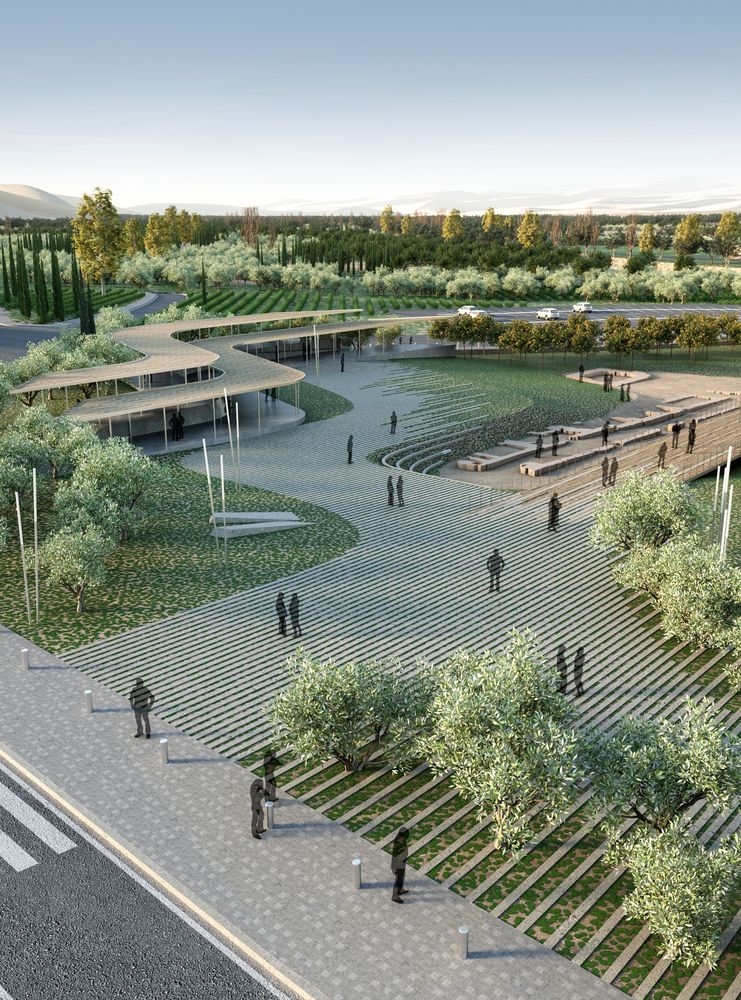Support for mainstreaming
Mainstreaming sustainable community development is the process of integrating sustainable practices into all aspects of community development. This can be achieved through the creation of policies and regulations that encourage sustainable development, the establishment of partnerships between businesses and communities, and the adoption of sustainable practices in everyday life.
Creating sustainable infrastructure is essential for mainstreaming sustainable community development. Communities can create infrastructure that is environmentally friendly, such as renewable energy sources, sustainable transportation systems, and green buildings. This infrastructure can help reduce carbon emissions, conserve natural resources, and improve the quality of life for community members.
In conclusion, mainstreaming sustainable community development is critical for creating communities that are environmentally friendly, socially just, and economically viable. It requires the cooperation of individuals, businesses, governments, and organizations around the world. By encouraging sustainable practices, building partnerships, educating the community, promoting sustainable economic development, and creating sustainable infrastructure, we can create a sustainable future for generations to come.
Creating sustainable infrastructure is essential for mainstreaming sustainable community development. Communities can create infrastructure that is environmentally friendly, such as renewable energy sources, sustainable transportation systems, and green buildings. This infrastructure can help reduce carbon emissions, conserve natural resources, and improve the quality of life for community members.
In conclusion, mainstreaming sustainable community development is critical for creating communities that are environmentally friendly, socially just, and economically viable. It requires the cooperation of individuals, businesses, governments, and organizations around the world. By encouraging sustainable practices, building partnerships, educating the community, promoting sustainable economic development, and creating sustainable infrastructure, we can create a sustainable future for generations to come.


